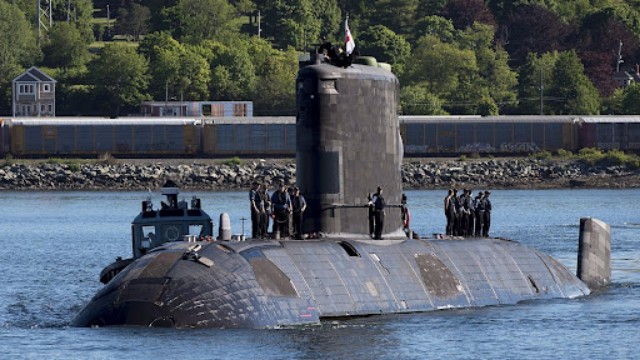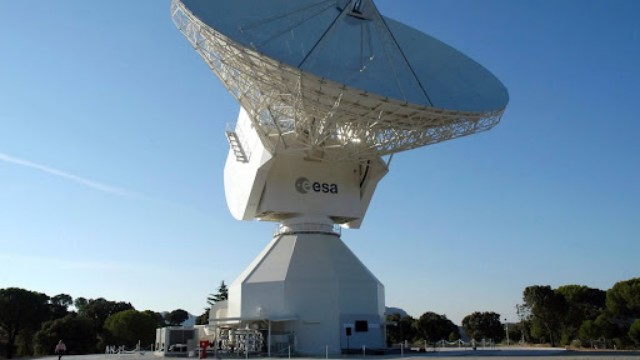
A SpaceX Falcon 9 rocket carrying four crew launched from Pad 39A at Kennedy Space Center in Cape Canaveral, Florida, on Monday, March 31, 2025.
A bold new chapter in space tourism unfolded as Chun Wang, a Bitcoin investor and entrepreneur, launched into orbit on a SpaceX mission like no other. Accompanied by three seasoned polar explorers, Wang’s journey is the first in spaceflight history to take passengers over both the North and South Poles.
The Falcon rocket blasted off from NASA’s Kennedy Space Center, marking the start of a 3.5-day adventure that will see the crew circling the Earth in a rare polar orbit. SpaceX charted a never-before-attempted flight path, making this journey a groundbreaking event in human space exploration.
A Mysterious Price Tag for an Unforgettable Journey
Wang, originally from China and now a citizen of Malta, has kept the cost of his ticket under wraps. However, securing an entire flight on a SpaceX rocket doesn’t come cheap. The spacecraft, fully automated, will complete a full orbit of the planet in about 90 minutes, with 46 minutes spent soaring from pole to pole.
SpaceX’s mission control encouraged the crew to capture breathtaking images of the icy landscapes below. “Enjoy the views of the poles. Send us some pictures,” they radioed as the capsule settled into its orbital path.

The crew includes Eric Philips, an Australian polar guide; Rabea Rogge, a robotics researcher from Germany; Jannicke Mikkelsen, a Norwegian filmmaker; and Chun Wang, a Chinese-born bitcoin investor now living in Malta, who funded the entire mission. The image was provided by SpaceX.
A Team of Explorers Aims to Break New Ground
Joining Wang are Norwegian filmmaker Jannicke Mikkelsen, German robotics expert Rabea Rogge, and Australian polar guide Eric Philips. Mikkelsen, the first Norwegian in space, had previously flown over the poles in a record-breaking Gulfstream jet mission commemorating the 50th anniversary of the moon landing. Now, she’ll see them from an entirely new perspective.
Their mission, dubbed Fram2—named after the legendary Norwegian polar research ship—includes two dozen experiments. Among them, the team plans to conduct the first-ever human X-rays in space. Armed with an impressive collection of cameras, they aim to document the journey in great detail.
Pushing Boundaries in Space Travel
Until now, no astronaut had travelled beyond 65 degrees latitude north or south, just shy of the Arctic and Antarctic Circles. Even Soviet cosmonaut Valentina Tereshkova, the first woman in space, and NASA’s shuttle astronauts never crossed that threshold.
Polar orbits are typically reserved for satellites monitoring climate change, Earth mapping, and national security. This mission, however, brings human spaceflight into the equation. Geir Klover, director of Norway’s Fram Museum, hopes this endeavour will spotlight climate change. In a symbolic gesture, the crew carries a piece of the historic Fram ship’s wooden deck, signed by early polar explorer Oscar Wisting.
From Aviation to Space—Wang’s Ultimate Adventure
For Wang, this flight is the culmination of a lifetime of adventure. Having travelled on planes, helicopters, and hot air balloons in pursuit of visiting every country, he strategically planned for this SpaceX liftoff to be his 1,000th flight.
SpaceX continues refining its technology, making space travel more accessible. “Normal people should be able to hop in a capsule and stay calm,” said SpaceX’s Kiko Dontchev. Wang, embracing the challenge like an extreme camper, believes that space travel is becoming routine—and he’s glad to be part of this transition.















